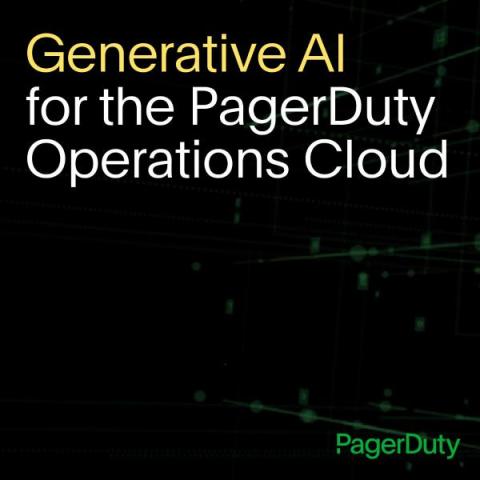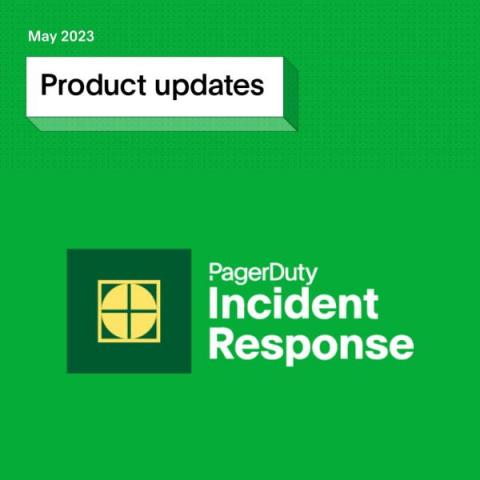Operations | Monitoring | ITSM | DevOps | Cloud
Latest Posts
Generative AI for the PagerDuty Operations Cloud
When it comes to keeping your business’s lights on, you need to manage and orchestrate your operational activities, prioritize high-impact and urgent work, and maintain day-to-day precision. Trust is paramount during mission-critical, time-sensitive crisis response and the narrow margin for error means there is little room and low acceptance for generative AI hallucinations or false positives.
Debug State Capture for Traditional Infrastructure & Apps
In our previous blogs on Capturing Application State and using Ephemeral Containers for Debugging Kubernetes, we discussed the value of being able to deploy specific tools to gather diagnostics for later analysis, while also providing the responder to the incident the means to resolve infrastructure or application issues.
Updating Your Tools for API Scopes
The PagerDuty REST API provides 200+ endpoints for users to programmatically access objects and workflows in the PagerDuty platform. Teams leverage these APIs to streamline creating and managing users, teams, services and other components for their environment. Up until now, access to the REST API has been authorized and authenticated via API Keys.
PagerDuty Launches New Innovations to Reduce Tool Sprawl and Optimize Operations
The number of tools used by distributed teams to manage incidents has multiplied over the years, leading to a valley of tool sprawl. Throw in manual processes and you’ve got too much toil and multiple points of failure. Maintaining disparate tools and systems isn’t just unwieldy, it’s expensive. Our latest capabilities add to the PagerDuty Operations Cloud to make it easier than ever for teams to consolidate their incident management stack.
Learn How PagerDuty Customers Save Money and Achieve Fast ROI
Saving time and money is always important, but these days, it’s a mission-critical business imperative. At PagerDuty, we help organizations realize transformational gains in efficiency that drive both immediate financial impact and long-term business success. PagerDuty delivers clear value for any organization at any stage of operational maturity. But you don’t have to take our word for it – the real-life experiences of our customers speak volumes.
Debugging Kubernetes with Automated Runbooks & Ephemeral Containers
In our previous blog, we discussed the difficulty in capturing all relevant diagnostics during an incident before a “band-aid” fix is applied. The most common, concrete example of this is an application running in a container and the container is redeployed—perhaps to a prior version or the same version—simply to solve the immediate issue.
Top 3 Incident Response Problems AIOps Can Help Your Teams Solve
More data for data’s sake doesn’t help anyone. What organizations need is more information–actionable insight. With data coming from incoming streams of events and alerts, teams don’t have enough time to look at each one. And they struggle to parse and consolidate this data in order to figure out what they need to do next to resolve an incident.
Reduce MTTR and Take Automation to a New Level with PagerDuty Global Event Orchestration
PagerDuty’s Global Event Orchestration is now generally available. Global Event Orchestration’s powerful decision engine enriches events, controls their routing, and triggers self-healing actions based on event data. Teams can use this functionality across any or all services within PagerDuty. This feature is a continued investment in Event Orchestration, demonstrating PagerDuty’s commitment to providing customers with best-in-class automation capabilities.










